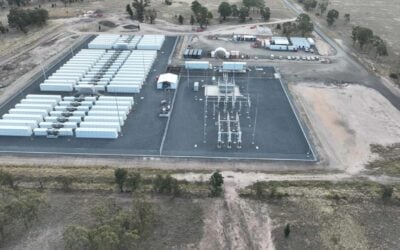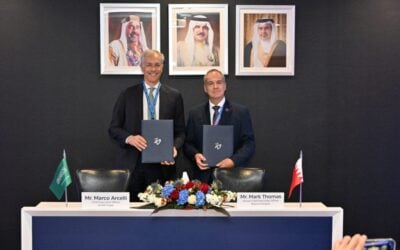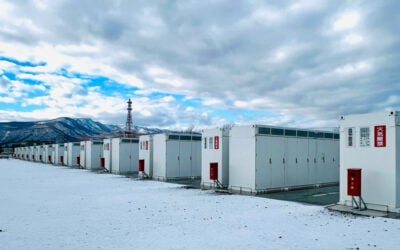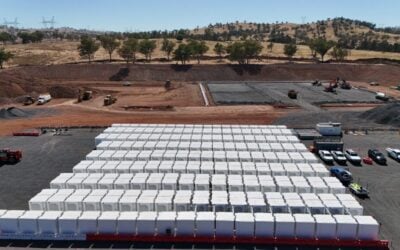US space exploration agency NASA is considering proposals for four different energy storage systems, submitted by academic institutions and private companies that could power its future robotic and human missions to space.
At the end of last week, NASA announced that it had selected the technology proposals, which include lithium-sulfur (Li-S) battery-based storage systems, as part of the agency’s Space Technology Mission Directorate. Managed through the directorate’s Game Changing Development Program, each proposal could net up to US$3.25 million in funding over three years.
The US National Research Council which produces reports and advises on policy at a national level recently published ‘NASA Space Technology Roadmaps and Priorities’, which concluded that reliable energy storage and generation that could be safely used in the environments specific to NASA missions was needed.
Selected were proposals from Silicon Valley lithium-ion battery maker Amprius, the California Institute of Technology, Indiana University and the University of Maryland.
Try Premium for just $1
- Full premium access for the first month at only $1
- Converts to an annual rate after 30 days unless cancelled
- Cancel anytime during the trial period
Premium Benefits
- Expert industry analysis and interviews
- Digital access to PV Tech Power journal
- Exclusive event discounts
Or get the full Premium subscription right away
Or continue reading this article for free
Amprius has developed and submitted to NASA silicon anode based cells for “High Specific Energy Systems”. According to Amprius’ website, the company’s backers include Google chairman Eric Schmidt and Stanford University.
The other three proposed systems are lithium sulfur battery based designs. California Institute of Technology has submitted “High Energy Density and Long-Life Li-S Batteries for Aerospace Applications”, Indiana University proposed its “Advanced High Energy Rechargeable Lithium-Sulfur Batteries”, while the University of Maryland has come up with “Garnet Electrolyte Based Safe, Lithium-sulfur Energy Storage”.
On announcing the funding, Michael Gazarik of NASA described energy storage for manned and unmanned space missions as a “critical mission technology area”. Image: NASA.
Under the programme, the initial award to each proposal under the first phase will be around US$250,000 to fund an initial testing and analysis phase. The second phase will see US$1 million of funding given over a year for engineering and hardware development while the final phase, Phase III, sees prototype hardware go into development, accompanied by funding of around US$2 million per project for 18 months.
NASA’s associate administrator for space technology, Michael Gazarik, based in Washington, said:
“New energy storage technology will be critical to our future exploration of deep space — whether missions to an asteroid, Mars or beyond. That’s why we’re investing in this critical mission technology area.”
The Advanced Research Projects Agency-Energy (ARPA-E) is working closely with NASA to develop energy storage solutions, the agency said. The following day after announcing it had selected the storage proposals, NASA also announced around US$17 million in funding would go to 23 small businesses and research institutions that “continue the development of innovative technologies that will support future agency mission needs and may also prove viable as commercial products and services”.





